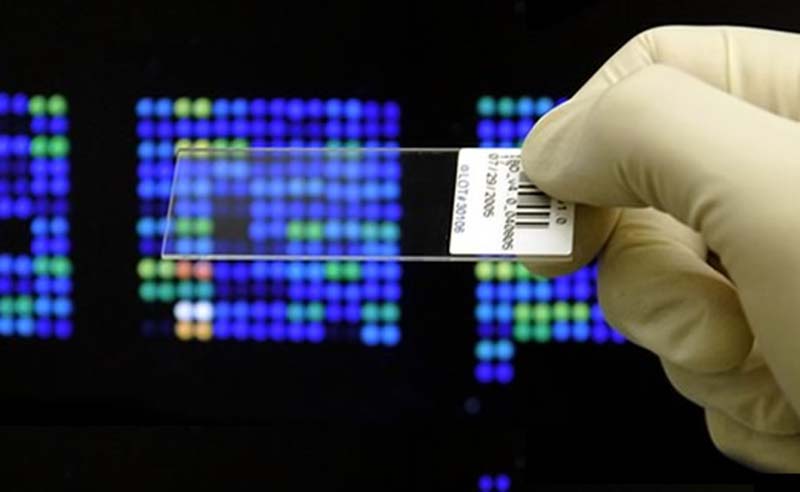
Neuroimaging techniques – particularly positron emission tomography and magnetic resonance – have become very powerful instruments for demonstrating and quantifying cerebral atrophy associated with normal ageing and with neurodegenerative illnesses such as Alzheimer's disease, Parkinson's and Huntington's. Magnetic resonance is the most commonly-applied technique in the study of cognitive deterioration and dementia owing to its non-invasive nature and high sensitivity for detecting tiny changes in cerebral structure and function over very short periods of time. It allows the evolution of cerebral degeneration to be studied "in vivo" from the preclinical phases of the diseases, many years before their diagnosis, up until the dementia phases. Recently, an exponential breakthrough took place in image analysis techniques that has enabled us to research the progressive disintegration of the complex neuronal networks associated with different processes of neurodegeneration, as well as the corresponding compensation mechanisms that produce changes in the brain's functional networks. The combined study of the dysfunctions and reorganisations of cerebral, structural and functional connectivity has opened up a new path that will allow us to monitor the effects of the different therapeutic approaches to neurodegenerative processes.
Cycle: Challenges of the 21St Century the Voice of Medicine, III
Organized by: Residence for Researchers. THEY CALLABORATE:Fundació Clínic Barcelona, IDIBAPS, RESA and Col·legi Oficial de Metges de Barcelona